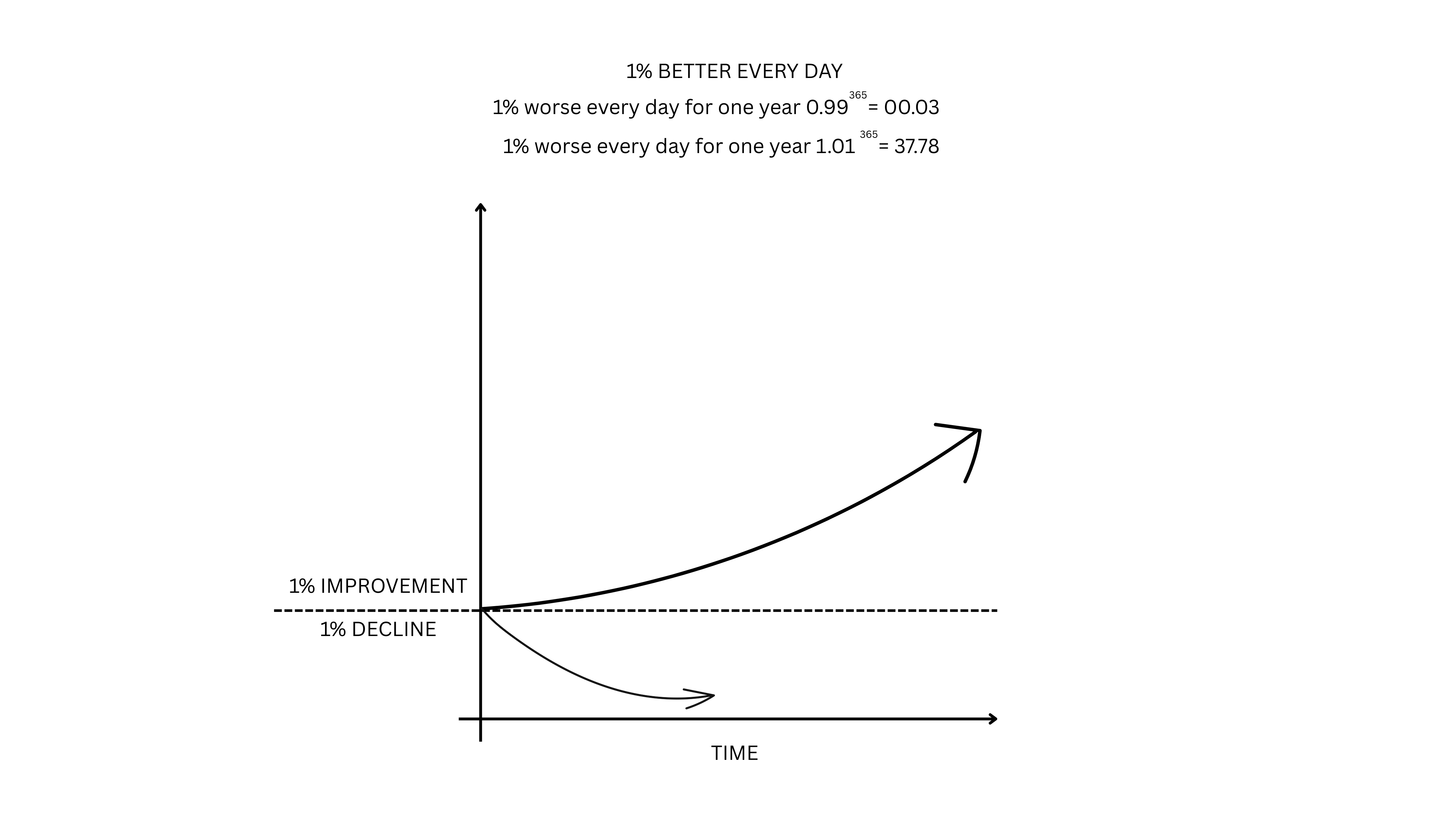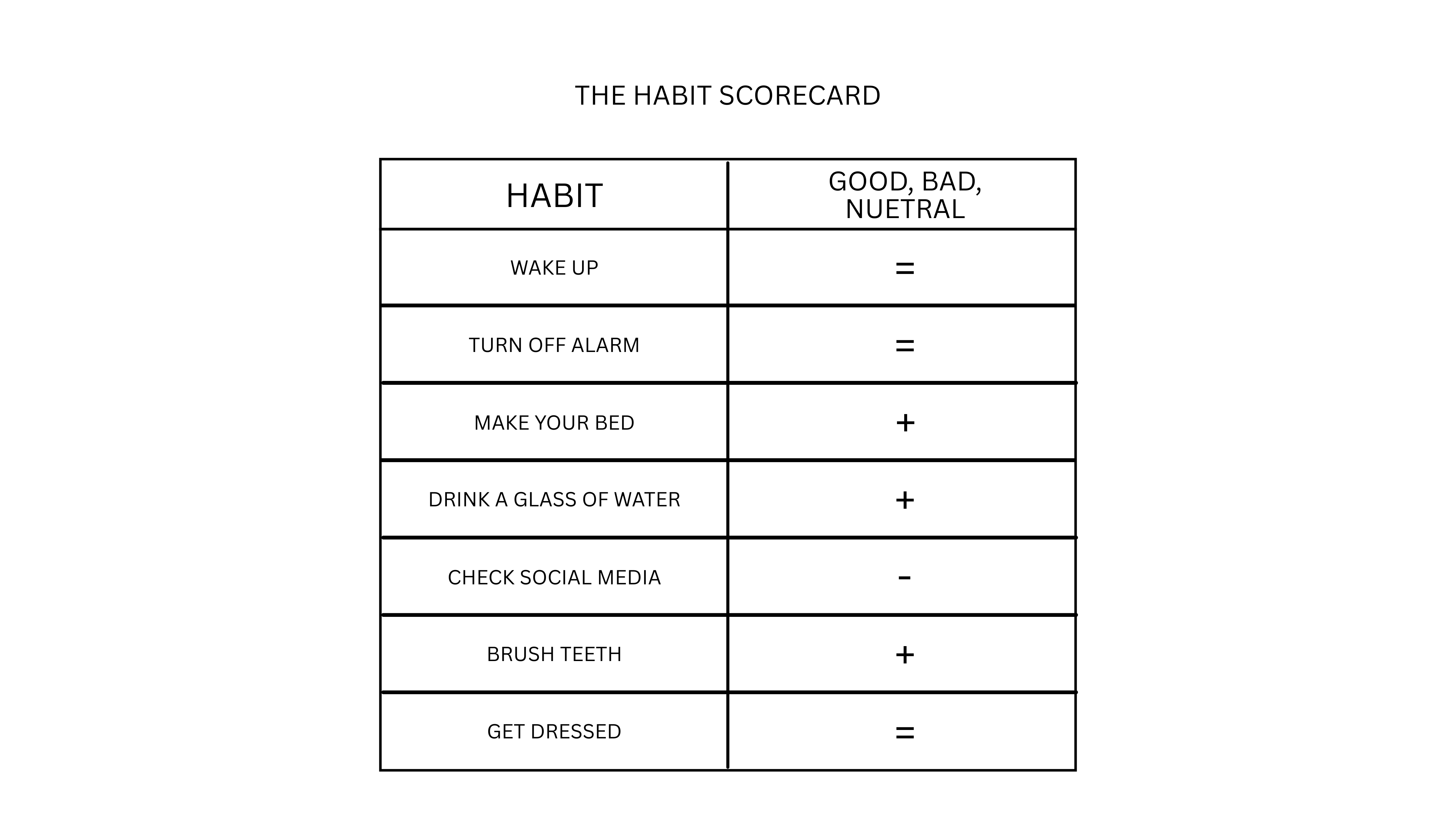Posts
Contact
Kayla Machen
CPED - Program Technician
Phone: 501-671-2218
Email: kmachen@uada.edu
University of Arkansas System Division of Agriculture
Cooperative Extension Service
2301 S. University Avenue
Little Rock, AR 72204
Leadership Lunch and Learn: Atomic Habits
In a recent Leadership Lunch and Learn session, Dr. Lauren Ledbetter Griffith shared key insights from James Clear’s book "Atomic Habits," showing just how much tiny, consistent changes lead to remarkable results in both our personal and professional lives.
Small Steps to Big Change
The journey to personal and professional growth isn’t always about grand shifts. Often, the most significant progress comes from the smallest, most consistent actions. This concept is at the heart of Clear’s influential book, "Atomic Habits," which looks into the profound impact of tiny changes on our lives. Here we will summarizes the key takeaways from a Leadership Lunch and Learn session led by Griffith, who shared how these principles can be applied to leadership and productivity.
Success is a Product of Daily Habits
Griffith began the talk by sharing a core concept from the book: "Success is a product of daily habits, not once-in-a-lifetime transformations." She emphasized that our lives are a collection of tiny decisions that, over time, develop into habits that shape our trajectory.
To illustrate this point, she used the analogy of an airplane flying from Atlanta to Washington, D.C. If the plane's nose is off by just 1%, it will land in a different city. This small, albeit consequential deviation means the plane will not reach its intended destination. Similarly, small, consistent improvements can steer us toward our goals, even when the final outcome seems far out of grasp.

The core idea of "Atomic Habits" is that one small change can make a big difference. Clear's math shows that if you make a 1% improvement daily over a year, you will be 37% better at something. This demonstrates that we don’t have to accomplish everything at once; we just need to make intentional progress towards the goals we wish to accomplish.
Griffith shared the story of the British cycling team, which was consistently in last place until a new coach in 2007 made some changes behind the scenes. The coach focused on improving their sleep with better beds and strengthening their lungs with special exercises. They even transported their bikes in dust-free white trucks to protect the team's gear. Over ten years, these small improvements compounded, and the team won 166 Olympic medals, becoming a world-class contender.
This example proves that good habits compound over time, just as negative ones like stress and bitterness can. The process is where the real transformation happens.
From Goals to Systems
While goals have their place, Clear argues they can be misleading as winners and losers often have the same goals. He suggests focusing on the process and the ways that lead to success instead. Griffith gave an example from her own life. Having a goal of writing a card a week to uplift someone, she created habits such as keeping an updated address list and having a stack of cards and stamps ready to go. Habits that take her further away include storing addresses in random places or having unorganized cards.
Creating Your Habit Scorecard
A practical tool from the book is the habit scorecard. This involves listing your daily habits and rating them as positive (+), negative (-), or neutral (=). This exercise helps you become aware of your current habits so you can begin to make small yet intentional changes.
The Habit Scorecard below provides an example where wake up and turn off alarm are neutral, making your bed and drinking a glass of water is marked positive, checking social media is rated negative, brushing teeth is positive and getting dressed is neutral.

Three Layers of Behavior Change
According to Clear, there are three layers of behavior change:
-
Outcome-based: This is the result you want, such as writing a book or losing weight.
-
Process-based: This is where you create those habits to systemically reach your goals.
-
Identity-based: This is the most crucial layer, and sometimes the hardest. Change who you think you are. When you take a healthy action, you are a healthy person. When you write, you are a writer. Your identity is your "repeated beingness."
To make new habits stick, they should be obvious, attractive, easy and satisfying. The best thing you can do is to just show up and stick with the process, even when you aren't seeing immediate results. In the end, it's not about talent, but about learning your strengths and making them work for you.
Wanna Make the Changes?
Clear's habit changing system comes in an easy-to-digest app called Atoms. You can download the app today and start making those small changes to tackle the big goals tomorrow.
The Habit Cheat Sheet helps you to create good habits, and it also helps you break those bad habits.
About the Reviewer
Dr. Lauren Ledbetter Griffith is an extension leadership specialist at the University of Georgia, where she directs leadership programs for internal and external audiences. She holds bachelor's, master's and doctoral degrees from the University of Georgia. Her research areas include intergenerational communication, women in agriculture, and developing leadership programs. She lives in Georgia with her husband, Tim, and children, Tanner and Lily, on their family sheep farm. You can also find her on Instagram at @PearlsinthePasture, where she shares leadership development content for agricultural audiences.